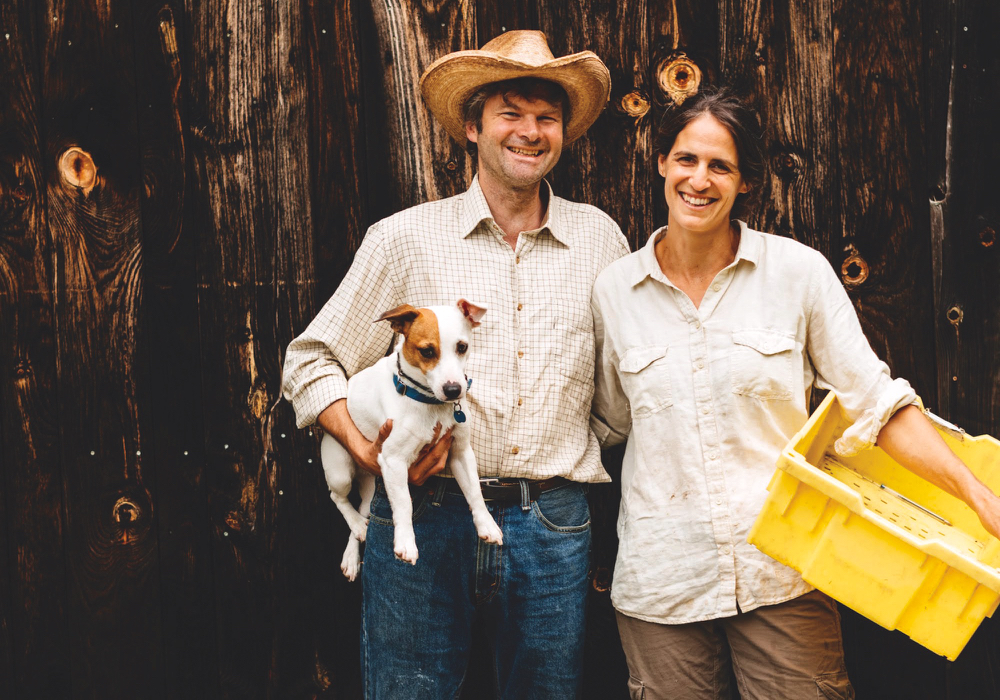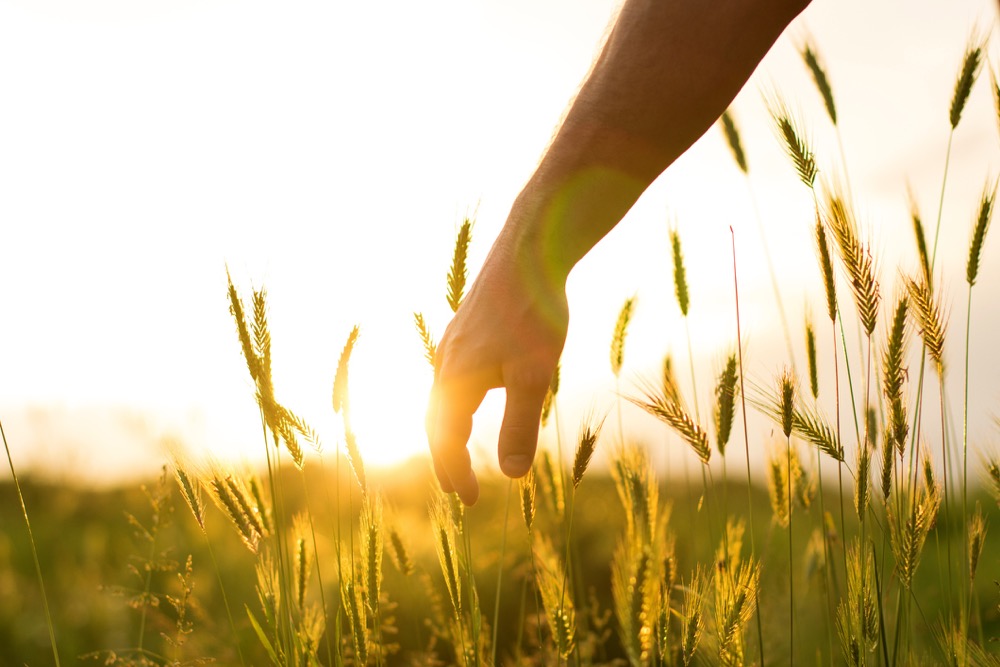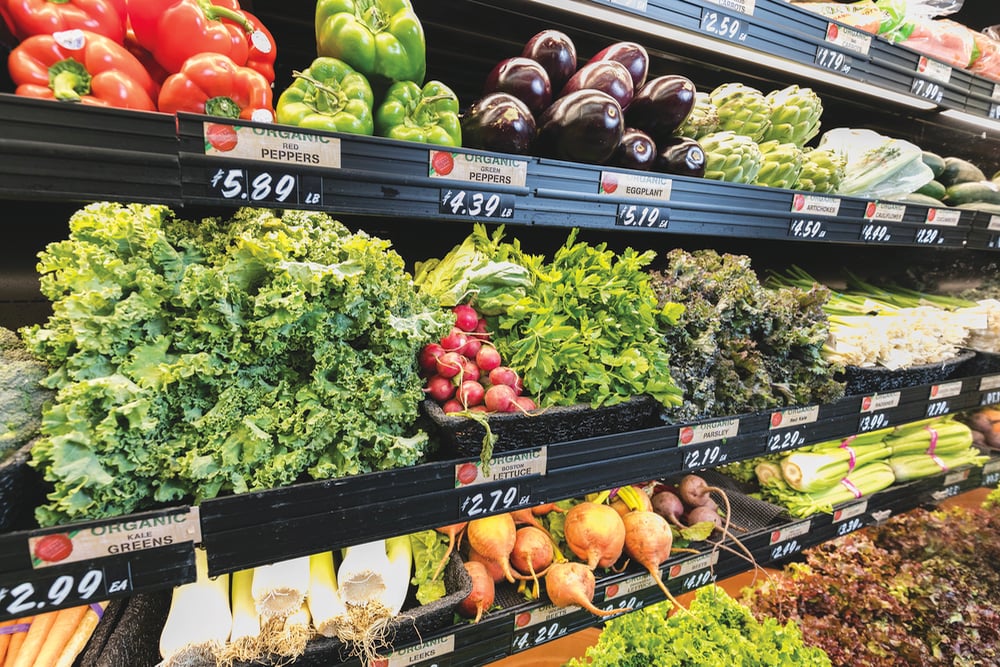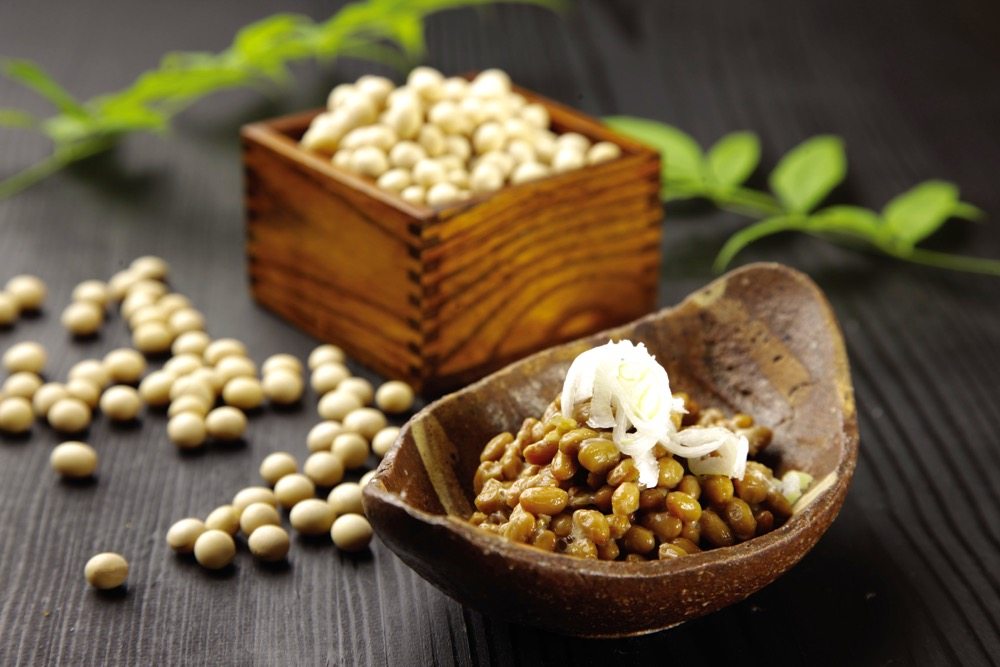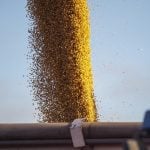The headline above is from the Globe and Mail, which may surprise some farm readers. A definite surprise, though, is that it’s from 2006. And most surprising of all? The headline is still true. You could run it again in 2023.
Among consumers, organic demand has grown. In 2021, Canadians spent nearly $9.4 billion on organic, according to the Canada Organic Trade Association (COTA), which brands itself as the industry’s leader in compiling and communicating organic data.
Organic spending in 2021 was up from $8.1 billion in 2020, so it seems the outlook must be bright, and there are lots of other statistics to feed that appearance too. A Leger study that COTA commissioned last year found 66 per cent of consumers were purchasing organic products weekly, spending an average of $184 per week on organic.
Read Also

The big squeeze: How to be fair to siblings during farm succession
Managing sibling business relationships on family farms.
Still, although the appetite for organic continues to grow in Canada, it’s a small part of demand. Organic’s share of the nation’s food and beverage market is only 3.3 per cent.
A large portion of demand comes from Ontario, where consumers accounted for a whopping 39.3 per cent of organic sales nationwide in 2020, according to the Organic Council of Ontario. (The OCO report also noted B.C. and Alberta had higher per capita organic consumption than Ontario, despite their lower populations.)
Although the sector has for years tried to paint itself as becoming more mainstream, Sylvain Charlebois doesn’t foresee organics ever being more than a niche market.
“There’s no indication that organics are going to become mainstream any time soon,” says the director of the Agri-Food Analytics Lab at Dalhousie University.
Charlebois adds that food inflation can only make things worse as buyers focus on costs and become a harder sell for organic premiums.
Today it’s a different marketplace in another way too. “People are realizing they can still buy environmentally friendly foods without organic certification,” says Charlebois. “Local really seems to be resonating.”
[RELATED] Manitoba Co-operator: Manitoba middle of pack in organic regulation, crop insurance
Organic producer Allison Squires, however, sees local as a positive for organic demand.
“One of the main opportunities I see ahead for Canadian agriculture is the expansion of more locally and regionally located processing and the shortening of supply chains,” says the owner/operator of Upland Organics, a 2,000-acre certified organic grain farm in Saskatchewan.
COVID-19 exposed the gaps in the food supply chain, and one way to remedy those issues is through more domestic processing, Squires says.
“Increasing the amount of domestic processing will allow producers to sell their product within Canada,” Squires says.
Squires also says consumers are demanding to know more about where their food comes from, how it is grown, and the steps it takes to get it to the store shelf.
“This is a huge opportunity for Canada to increase the amount of domestically produced food products so that Canadians are feeding Canadians as much as possible,” she says.
Shrinking production
Canadian organic production, however, isn’t keeping pace with consumer demand.
In fact, the number of organic farmers and the amount of organic acreage is actually in decline just about everywhere but Quebec.
COTA’s latest report does put the number of organic producers in Canada at 6,102 in 2021, a 3.4 per cent annual increase and equal to 3.3 per cent of Canada’s farms. COTA also reported 130 new farmers joining organic in 2021, with 37,330 new acres transitioning to certified organic.
But there’s more to the story. These gains are centred in Quebec, and total organic acreage is actually down.
Statistics Canada’s 2021 Census of Agriculture revealed Quebec significantly increased its share of total farms reporting organic production in Canada, skyrocketing to nearly 44 per cent of total farms in 2021, up from 30 per cent in 2016.
Quebec easily led all provinces in 2021 with 2,742 organic producers, a 16 per cent gain from 2020, according to COTA figures.
“The Quebec government set a target for organic and aids producers’ transition to organic with funding assistance,” explains Tia Loftsgard, COTA’s executive director.
Organic’s story differs elsewhere. Ontario has the second-highest number of organic producers, and experienced only a 2.5 per cent increase in 2021, reaching 949, about a third of Quebec’s.
Third-place Saskatchewan actually experienced a decline to 875 from 2020’s 938 — a year of no growth.
Meanwhile, total acres are declining, with COTA reporting 3.1 million organic acres in 2021, a 24 per cent decrease from 2020.
The largest loss occurred in British Columbia, where acreage plummeted 80 per cent to 252,000. Loftsgard tied that steep decline to Blue Goose Cattle Co., which pled guilty in 2021 to a CFIA charge of selling non-organic beef as “certified organic” in B.C. in March 2017.
The Prairies too have experienced declines. Following growth between 2014 and 2018, total Prairie organic acreage fell 120,000 acres in 2019, almost all of it in Saskatchewan.
Saskatchewan organic acreage recovered in 2020, but was almost unchanged in 2021 at nearly 1.2 million. Alberta acreage too was little changed in 2021 at 604,000, while Manitoba experienced 16 per cent year-over-year growth in 2021 to 116,000 acres.
Ontario also saw acreage losses in 2019, but experienced an annual 6 per cent boost in 2021 to 190,000.
Acreage in Quebec, however, has soared since 2014, from 216,000 acres to 614,000.
Opportunities and challenges
Despite the less-than-stellar producer and acreage numbers outside of Quebec, COTA is optimistic about production ramping up.
“With 96.7 per cent of farms not currently practising organic production, there is a huge potential for Canada to grow more organic products to meet the growing demand by Canadian consumers,” says Loftsgard.
She notes Canada is the fifth-largest organic-consuming nation worldwide. Although the country’s production has yet to keep up with consumption, she expects that to change.
“With the government’s new commitment to the climate change topic, organic is perfectly positioned to address many of the problematic areas of conventional agriculture and present an alternative, lucrative, and sustainable way of farming,” Loftsgard says.
More conventional farmers may be taking note. Squires has observed commonalities between organic and conventional farming practices.
But there are also challenges ahead.
Loftsgard sees the federal government’s decision about gene-edited crops as a threat to the organic sector. Ottawa recently confirmed gene-edited crops will be regulated much the same way as conventionally bred crops.
Products developed using gene editing techniques, if not novel, will be considered equivalent to thier existing counterparts, and no pre-market safety assessment will be required.
According to COTA, this will lead to increased risk of contamination, harming the sector as organic farming prohibits the use of genetic engineering, including the new gene editing techniques.
Still, the organic sector is optimistic. “With the recent evolution of regenerative farming practices, more and more farmers are looking at different farming techniques, many of which — cover crops, crop rotations, intercropping — the organic sector has been using for decades,” says Squires.
She also believes organic stands to benefit as markets and climate continue to change.
“I think that farmers are very optimistic about their future prospects, especially as generational ownership changes over the next few years.” Squires says.
“We will see many new and younger farmers making their impact on the sector, and I am very excited to see the direction the agriculture sector will take in Canada.”




